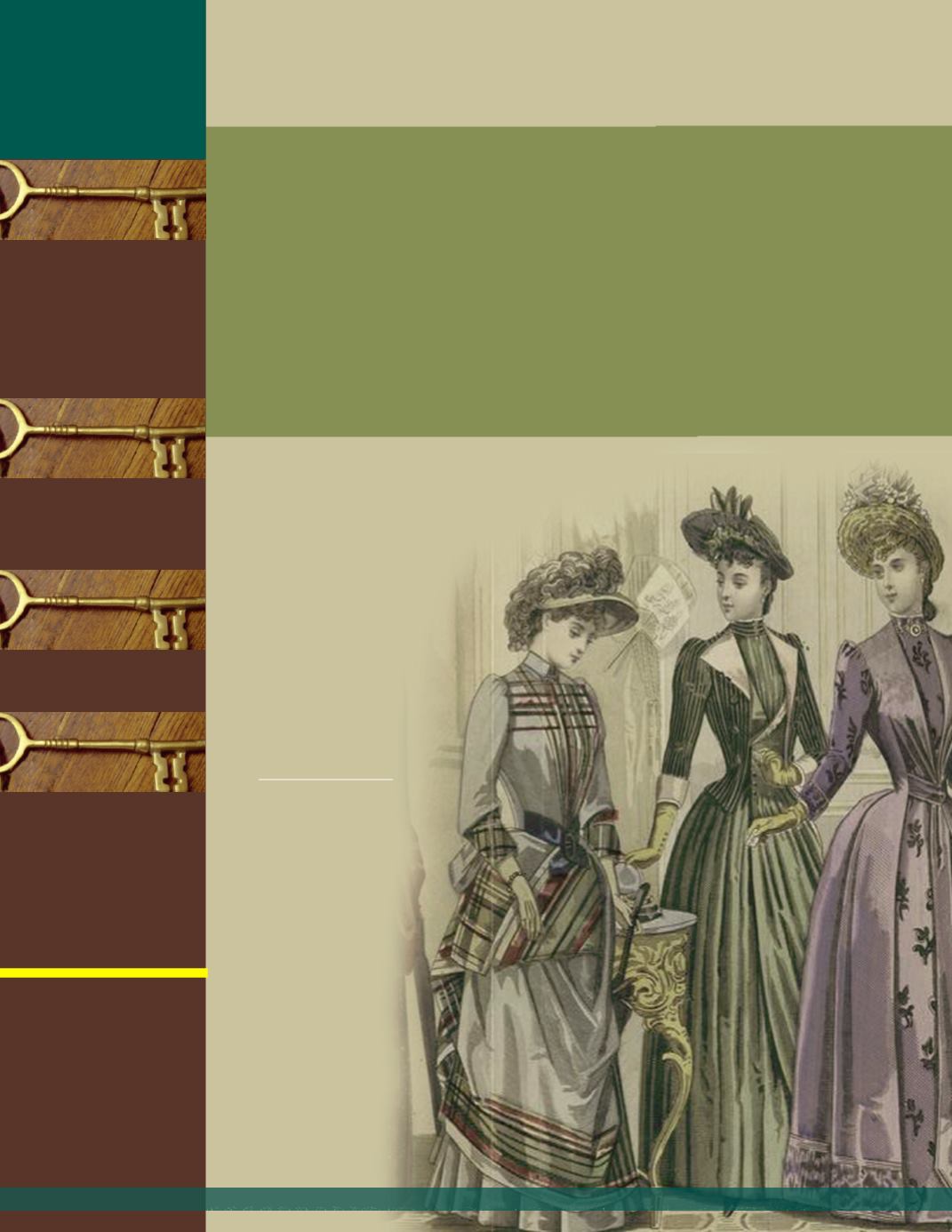
LESSON
19
KEY
WORDS
mills
industrialists
coke
steel
mass produce
alloys
KEY
PEOPLE
Henry Bessemer
Andrew Carnegie
Henry Clay Frick
KEY
EVENTS
Age of Big Business
Bessemer Process
KEY
PLACES
Williamsport
Steelton
Cambria IronWorks
Pittsburgh
Johnstown
Bethlehem
A
GEOF
B
IG
B
USINESS
F
OCUS
Q
UESTIONS
1. How did Henry Bessemer, AndrewCarnegie, and Henry Clay Frick
contribute to our industrial growth?
2. How did iron and coke contribute to our industrial growth?
3. What was the Age of Big Business?
Some Industrieswere Expanding
In the 1840s, the textile industry of Pennsylvania was one of the first industries to
shift fromsmall-scalemanufacturing to large-scale factories andmachinery. Factories
and
mills
continued to expand and produce all types of clothingmaterial. In 1900,
Pennsylvania led all states in the production of textiles.
Lumber was in great demand for heating homes and for building wagons, canal
boats, steamboats, ships, homes, and furniture. In eastern Pennsylvania, trees were
cleared for farms and were used to feed the iron furnaces.
Around 1840, the eastern part of our state was running
out of lumber. However, the north central part of our
state was the least settled but had
the greatest supply of wood. So
lumber camps were built, and
hundreds of men weremoved to
this area. Horses dragged the
logs to the nearest streams,
where they were floated
downstream to towns.
Williamsport
became the
largest lumbering city in the
United States. By 1860,
Pennsylvania was the
greatest lumber-producing
state in our country.
On the eve of the
American Civil War (1861-
1865), our state had
all of the right conditions
for the Industrial Revolution
to erupt. In fact, the Civil
War brought a greater
demand for factories,
machines, and products.
As a result, the Civil War
promotedmore rapid
industrial growth in
Pennsylvania and in the
northeastern part of our
country. By 1870, after
the Civil War, Pennsylvania
hadmore industrial
workers than farmers.
The booming textile
factories of the 19th
century fed the
colorful fashion
trends of that day,
as shown by the
women in the
illustration
to the right.
86
Understanding Pennsylvania


